The Blended Finance Taskforce and Convergence released in July 2017 a working paper that aims to expand the evidence-base around the potential for blended finance to narrow the SDG funding gap.
The working paper analyses Convergence dataset of nearly 200 blended finance transactions which have mobilised more than $50 billion towards sustainable development. The analysis shows that the number of blended finance deals is increasing each year. It shows that sub-Saharan Africa is leading in terms of number of transactions (ca. 40% of total), though with relatively small median size compared to other regions (accounting for only 16% of total capital mobilised). Financial services, clean energy, and climate finance account for half of blended finance deals and almost 75% of blended transactions leverage either junior/subordinate capital, a technical assistance facility, or a combination of both. The working paper also provides a useful map of the key organisations active in the blended finance ecosystem (including private investors, multilateral and bilateral development banks and donors).




